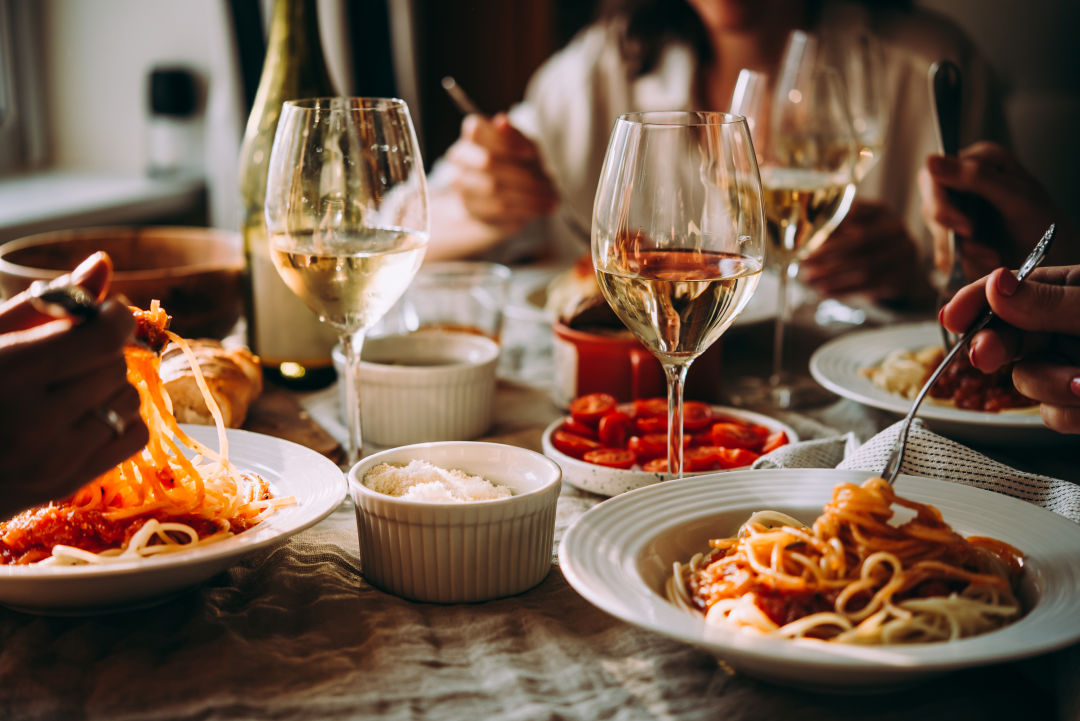Want to Learn More About Wine? Enroll in 'Wine School.'

There are numerous ways for wine lovers to stay in touch with wine happenings or simply add to their knowledge. There are major wine magazines such as Wine Spectator, Wine Enthusiast and Decanter; books by notable authors such as Hugh Johnson, Jamie Goode, Karen MacNeil and Jancis Robinson; and an infinite number of wine blogs.
But, in my opinion, the most salient wine writers have written for The New York Times. From Frank Prial to Eric Asimov, these writers' columns explored personalities, new varietals and important goings-on, and most of them relied on their own experiences and viewpoints.
Over the years, Asimov, the Times' wine critic since 2004, has changed the format of his writing dramatically, which is indicative of the digital age. For the past seven years, he has written a monthly column called "Wine School."
While online and in-person classes allow individuals to learn more about a wine and develop a tasting criteria, Asimov believes that experience is contrary to enjoying wine. Since wine is usually consumed with a meal, he believes that is where wines should be critiqued.
Not only does the wine change over the course of a meal, but the interaction of food and wine and the comments of others results in a more complete evaluation.
A similar idea was called the "hedonistic effect." If several wines are brought to a dinner and tasted before the meal with the labels hidden, guests will often rank the wine they brought as the best. But as the meal develops, their biases lapse and guests simply drink more of the wine they enjoy the most. At the end of the meal, whichever bottle has the least wine remaining was obviously the most popular.
Asimov's method is to suggest a particular type of wine each month and offer three examples to readers, then wait for feedback. At the end of the month, he tallies the comments and reports the outcomes.
As a result of this method, in a recent column, he has identified lessons that get to the heart of what consumers want in wine, such as not being afraid to explore. Many great wines are available from numerous countries, including assytiko from Santorini in Greece and blaufrankisch from Austria. Another lesson involved understanding the price-value ratio. Consumers should try to find the best wine for the price. This causes one to carefully analyze each example, and helps people understand why some wines are more expensive than others. It could be the result of small production, high demand or other factors.
One of the great lessons of "Wine School" is that it teaches you to examine your biases. I have met many people who say, "I don’t like white wine," or, "I can’t drink red wine," or, "I dislike this particular varietal." Perhaps the proper venue has not presented itself. "Wine School" allows readers to spend time with these wines and understand and hopefully eliminate their biases.
Bob McGinn has spent his entire career in the wine industry—forming wine clubs, working in wine sales marketing and engaging in all facets of the winemaking process, including vine management, fermentation and yeast analysis. He has developed wine programs for companies such as Marriott, Sheraton and Smith & Wollensky, and consults with local restaurants. You can read more of McGinn’s work at gulfcoastwinejournal.com.